News and social media outlets have been reporting numerous incidents of racism, hate crimes, and racially-charged harassment since the Tuesday election outcome.[ref]There have even been reports of politically-motivated violence against Trump supporters as well as violent protests. But so far these reports are rare.[/ref] According to USA Today, “There indeed has been a spike in the number of reports of such incidents, say representatives for two organizations that track such occurrences. A representative for one group, in fact, said the rise appears to be even worse that what was took place immediately after the terror attacks in 2001.” One of these organizations–the Southern Poverty Law Center–“says it has logged more than 200 complaints since the election, and while it could not provide a figure for the average number of complaints it takes in each day, Cohen assured that the number is much larger than what is typical.” Confidently declaring that the number is above average while being unable to provide an average to compare it to is rather unhelpful and possibly just a case of availability bias (they may have a more detailed analysis in the next couple weeks). Furthermore, there is the need to distinguish between legitimate and fabricated complaints.[ref]Or sincere complaints based on misinterpretations or lack of information.[/ref]
Nonetheless, what can we realistically assume? Some of us here at Difficult Run have compared the current American situation to the political climate that produced Brexit. Looking at the aftermath of the EU referendum may give us an idea of what to expect in the next couple months following Trump’s victory. According to the statistics released by the Home Office in October, racist or religious abuse incidents increased by 41% in England and Wales in the months following the UK’s exit from the European Union.
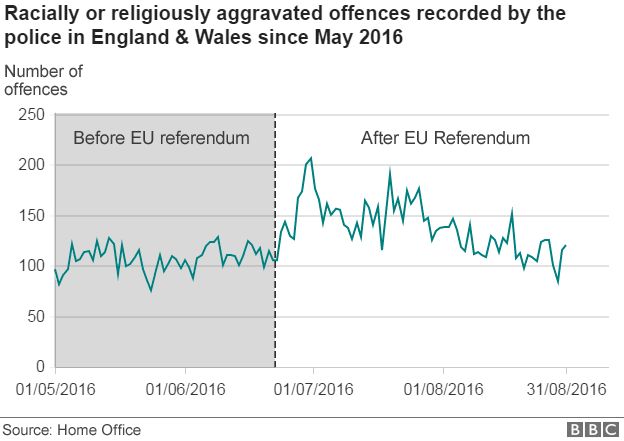
A more detailed description within the report
shows the monthly number of racially or religiously aggravated offences recorded by the police in the last four years. There is an increase in these offences recorded in June 2016, followed by an even sharper increase in July 2016. The number of aggravated offences recorded then declined in August, but remained at a higher level than prior to the EU Referendum. These increases fit the widely reported pattern of an increase in hate crime following the EU referendum. Whilst January to May 2016 follows a similar level of hate crime to 2015, the number of racially or religiously aggravated offences recorded by the police in July 2016 was 41% higher than in July 2015. The sharp increase in offences is not replicated in the non-racially or religiously aggravated equivalent offences (pgs. 18-19, Figures 1A & 2A).
Without more evidence, it is impossible to determine if the hate crimes have continued to drop to average levels. It’s worth pointing out that when one looks at the trends from 2013-2016, it appears that the offenses go up during the summer and tend to decline as winter approaches. Some evidence suggests a correlation between hotter weather and crime, though this would not fully explain the significant jump we see in 2016. If anything, hotter weather added fuel to the fire (or vice versa). This could mean that with winter approaching, the American backlash will be comparatively smaller and shorter.
All this, of course, is conjecture. Americans will have to wait on the FBI’s 2016 hate crime stats to know for sure. Still, the spike in the UK following Brexit could possibly serve as a realistic model of what to expect in the next couple months: a short-lived, but abrupt increase in racially or religiously aggravated offenses followed by a steep decline.
Let’s hope it dies out even sooner.

 I’ve been a fan of New Testament scholar N.T. Wright’s work for the last several years. His Surprised by Hope even earned a much-coveted spot among my Honorable Mentions on my
I’ve been a fan of New Testament scholar N.T. Wright’s work for the last several years. His Surprised by Hope even earned a much-coveted spot among my Honorable Mentions on my 


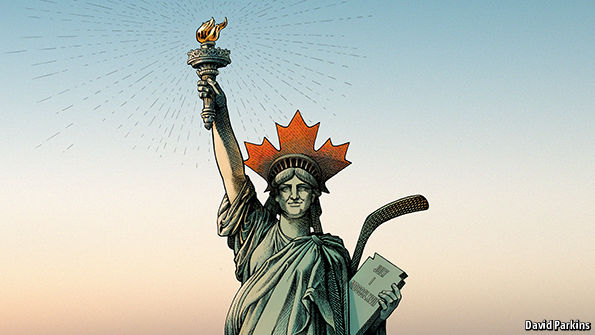
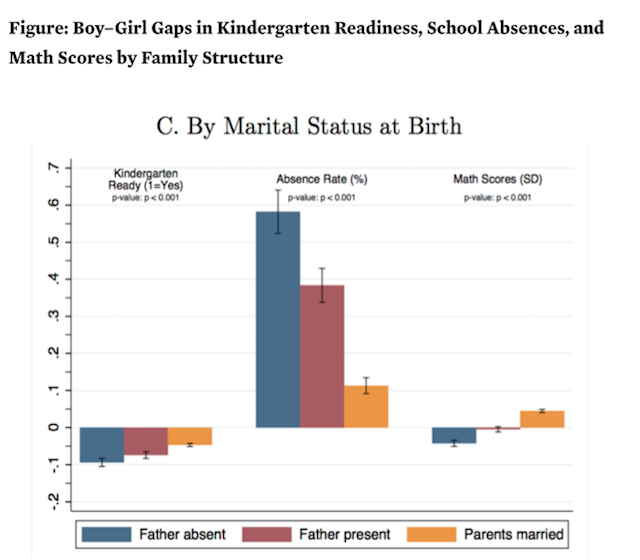

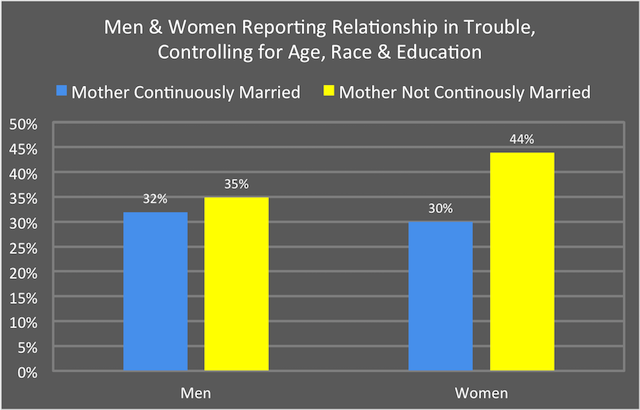
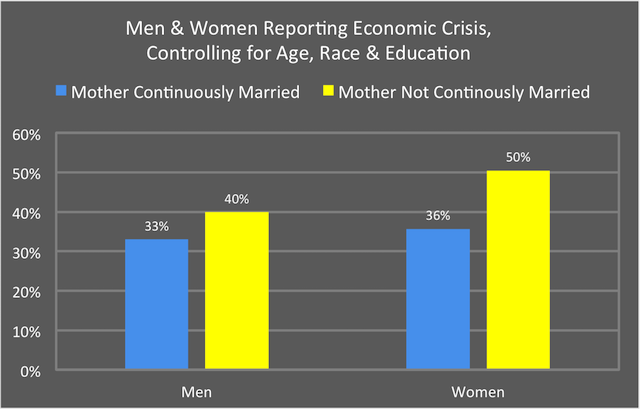
 If readers couldn’t tell,
If readers couldn’t tell,  they also grow domestically, as demonstrated by
they also grow domestically, as demonstrated by